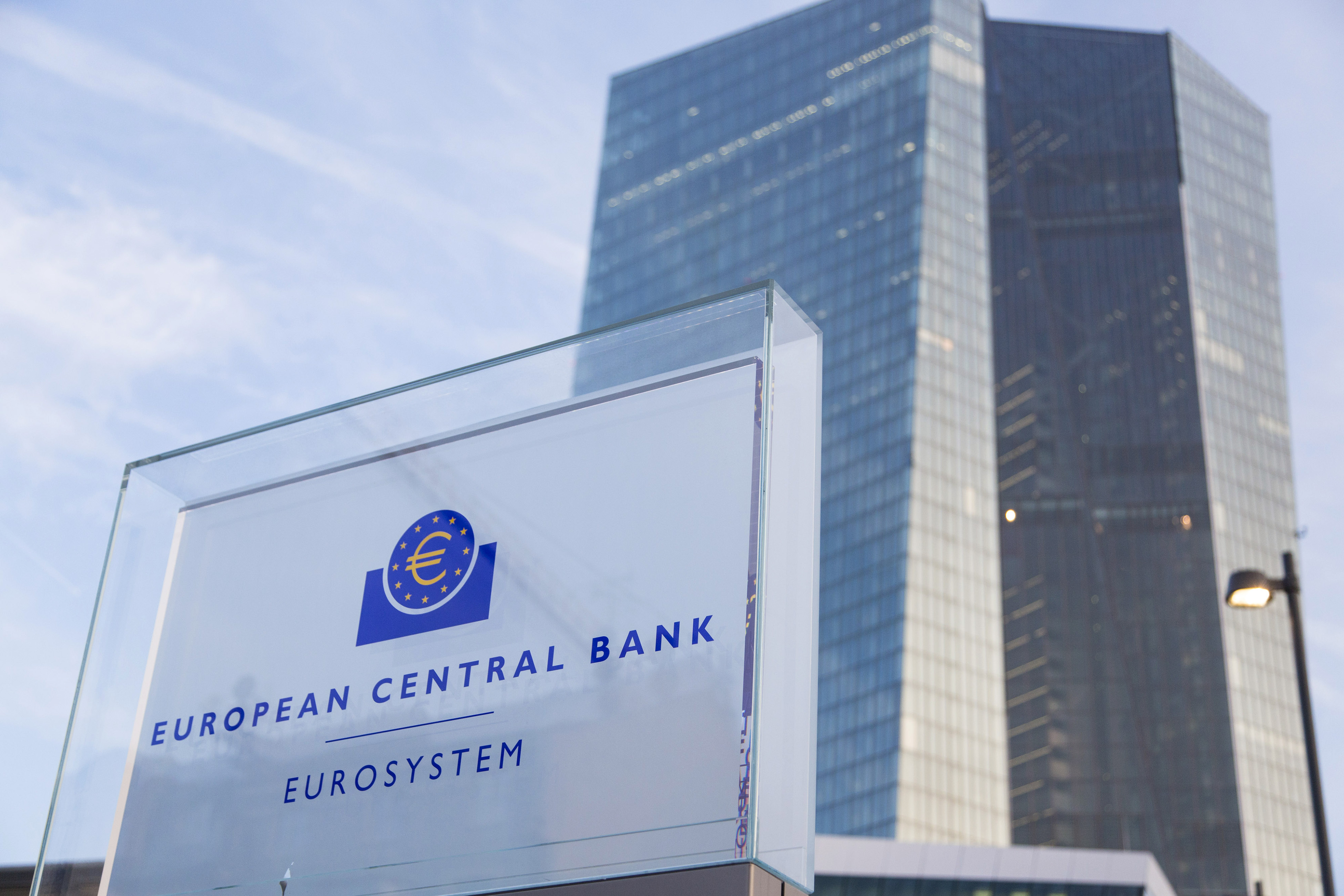
(Photo: Bloomberg)
The euro continued its collapse on Tuesday morning, signaling high Volatility on the foreign Exchange markets is here to stay. The single European currency hit a fresh 11-year low against the U.S. dollar, as the Euro Zone bond markets continued rallying. The yield on the German 10-year Bund paper traded below 0.28% to mark a new record low.
To put this into perspective, the Japanese 10-year bond yield is currently trading at around 0.44%. Historically, Japanese yields were the lowest before the unveiling of the European Central Bank's bond buying program which shattered the yield curves across the continent causing a huge rally in German and French paper pushing yields down.
The EUR/USD marked its lowest level since April 2003, hitting 1.07346 to clear stop below 1.0750 before stabilizing.
Carry Trade Funding Currency
The euro has become the most popular funding currency for carry trades, completely reversing its roles with the U.S. dollar for the past couple of years. The divergence in monetary policy trajectories has led to much higher volatility throughout the latter part of 2014 and has so far moved into 2015.
The European Central Bank committed fully in June last year to reverse the gains which the single currency was making at the time. The central bank's President Mario Draghi committed to a lower euro at the time, with the introduction of negative deposit rates and a pledge to do more if necessary.
Economies in Southern Europe continue suffering the consequences of a disorderly high exchange rate which made Italy, Spain, Portugal and Greece uncompetitive.
As productivity in the South of Europe has been stagnant, and the exchange rates devaluing mechanisms, to which the countries have become used to, are non-existent, the ECB has put itself into a position of a last resort funding vehicle for governments across the Euro Zone.
Voices of criticism from Germany are already surfacing, putting into question the legality of the latest batch of the ECB's policy making effort.

















